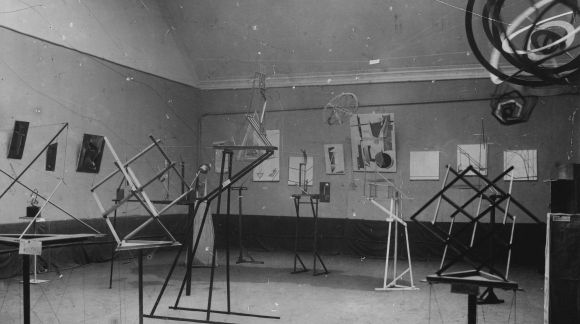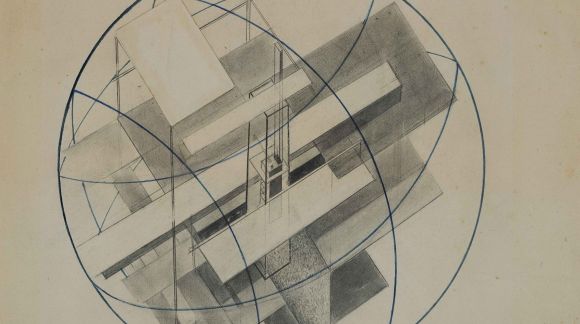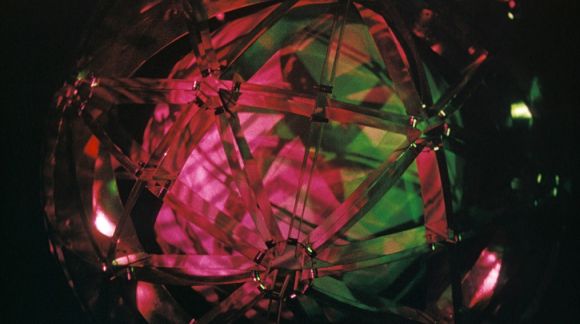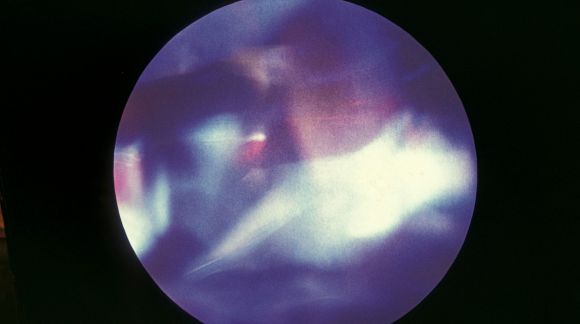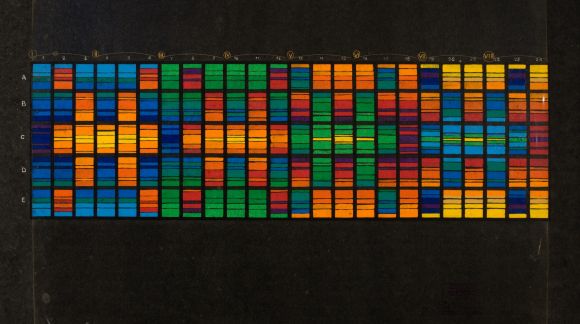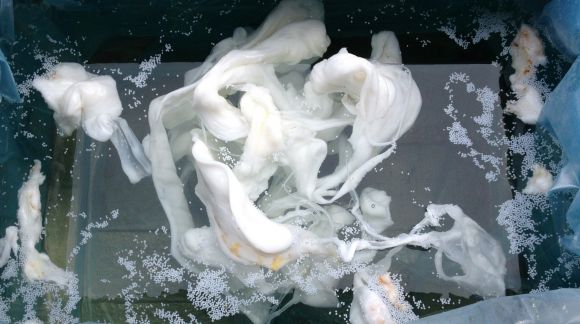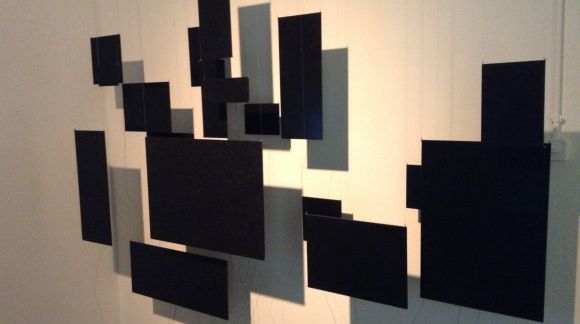The exhibition entitled Visionary structures. From Johansons to Johansons at the BOZAR Centre of Fine Arts in Brussels will open on 12 February and will be on display until 31 May. Over the weekend, on 14-15 February, a workshop "How to build a construction by Kārlis Johansons?" will be held to give visitors a hands-on opportunity to get acquainted with the artist's constructions.
The exhibition was staged in the summer of 2014 as part of the Riga 2014 European Capital of Culture programme and was selected to be shown in Brussels as a significant event that provides an insight into Latvian avant-garde art of the 20th and 21st centuries. Around 40 works made up of drawings, graphics and three-dimensional design, posters, photomontages, objects, installations and video works will be on display in Brussels.
The exhibition presents a dialogue between several generations of artists. The works created during the 1920s by the early-generation representatives Kārlis Johansons (1890-1929) and Gustavs Klucis (1895-1938) have a well-established artistic reputation worldwide. By contrast, the modernists and visionaries of the Soviet period – Valdis Celms (1943), Jānis Krievs (1942) and Artūrs Riņķis (1942) – are almost unknown in international circles, although they provide a vivid example of the avant-garde art of the socialist period. The exhibition also presents art works by contemporary artists Gints Gabrāns (1970) and Voldemārs Johansons (1980) – their complex objects are created by the synthesis of art and science.
In parallel with the exhibition, a special edition of the double DVD Klucis. The Deconstruction of an Artist (Klucis. Nepareizais latvietis) and a catalogue collection of articles, consisting of essays by Latvian and internationally recognised art researchers and a wide range of visual material, will be published. The exhibition is organised by the Latvian Centre for Contemporary Art in collaboration with the Latvian National Museum of Art and the Embassy of Latvia to Belgium.
In addition, the installation entitled The Limp of A Letter by a Latvian artist living in Amsterdam, Oļa Vasiļjeva, will open at the BOZAR Centre. Using video, sculptures, drawings and everyday objects the artist explores the opaque relationship between thought, language and design.
On 13 and 14 February at 20:30 a theatre performance of Sonja by the NRT directed by Alvis Hermanis will take place in Hall M of the BOZAR Centre. Before both performances (at 19:30) the audience will be able to listen to an introduction in English by Julie Rodeyns.
The performance of Sonja, which is based on a short story by Tatyana Tolstaya, is an impressionist miniature. It is a story about a lonely, strange woman on whom fate plays a bad trick that at the same time brings great happiness in her life. Jevgēnijs Isajevs, an NRT actor, recites the literary text to the audience and Gundars Āboliņš reveals the message of this story by means of theatrical expression as he tries to enter the mysterious world of women.
From 13 to 22 February the Anima international animation film festival will also take place in Brussels, with Latvia receiving special attention this year.
During the first half of 2015 the BOZAR Centre of Fine Arts in Brussels is honouring the Latvian Presidency of the EU Council with its Focus on Latvia programme. Creativity, quality, and artistic diversity have been at the heart of the Centre’s mission since its foundation. But for art not to be something abstract and distant, for it to be truly part of the “culture” of a society – and particularly in a city as multidimensional and international as Brussels – the public must be able to experience it in a way that is both natural and lively. Art and people must find and recognise each other, must interact with and enrich each other.
The programme is carried out in cooperation with the Embassy of the Republic of Latvia to the Kingdom of Belgium.
The Visionary structures exhibition, NRT guest performances and participation of Latvian films in the Anima festival are all part of the Latvian Presidency of the Council of the EU public diplomacy and cultural programme which has modernity, uniqueness and excellence as its core values.



